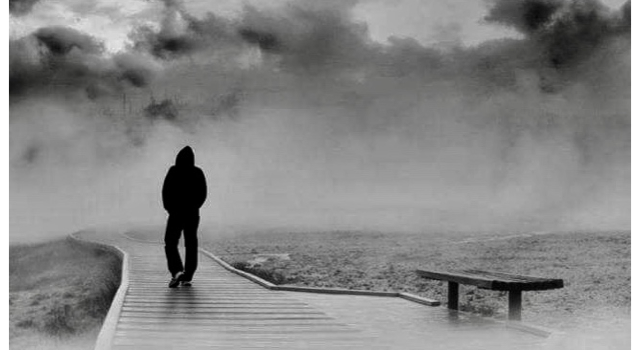The BBC has been accused by more than 100 of its staff of giving Israel…

Swansea ..
In 1905 Cardiff became the first town in Wales to gain city status.
Six years later, Swansea started a campaign of its own.
But despite the support of Prime Minister David Lloyd George, the town was considered too small to become a city.
When the Diocese of Swansea and Brecon was established in 1923, there were hopes that Swansea could petition the Crown for cathedral city status.
However, those hopes were dashed when Brecon Priory became the seat of the new diocese instead.
A second campaign began in 1961, using Swansea’s post-War reconstruction as an example of why it should be chosen.
With the Prince of Wales’ forthcoming investiture, the government looked favourably on the application and on 3 July 1969 the Prince was able to announce the Queen’s decision.
Southampton ..
Despite Southampton’s reputation as the ‘Gateway to the Empire’, its path to city status took longer than many would have liked.
In 1926, its near neighbour, Portsmouth, received a Royal Charter – in recognition of its role as the first Naval Port and Dockyard in the world – however, Southampton’s 1929 application was unsuccessful.
Turned down again at the time of Elizabeth 11’s Coronation, a 1958 petition was delayed due to the Local Government Commission for England review.
After lobbying by Conservative MP John Howard, who was worried that a further refusal would cost him his seat, a Royal Charter was finally granted on 24 February 1964, making Southampton the first new city to be created since the Queen’s accession.
Derby ..
With All Saints’ church becoming a cathedral in 1927, following the establishment of the Diocese of Derby, the town thought it had a good chance of achieving city status.
An application was turned down in 1928 by the Home Secretary, citing Derby’s relatively small population.
It wasn’t the first time that an application had been rejected and certainly wouldn’t be the last with further applications being made over the next 30 years.
In July 1976 an application was made to the Home Office to coincide with the Silver Jubilee.
With Derby being the strongest applicant, the Queen accepted the government’s recommendation to make it a city.
Visiting there as part of her Jubilee tour, the Queen presented Derby with its letters patent on 28 July 1977.
Wolverhampton ..
Like many other new cities, Wolverhampton made several unsuccessful applications throughout the 20th century.
It applied alongside Southampton in advance of the Coronation and like Derby, put its name forward in 1966 and 1976.
In June 1999 the government launched a competition to grant city status in recognition of the new Millennium.
Out of 39 applicants, there were three winners, Brighton and Hove, Wolverhampton and Inverness, with the news being announced on 18 December 2000.
Similar competitions took place in advance of the Golden and Jubilee and looks set to be repeated during future Royal celebrations.
Best of British Magazine, February 2014
Norwich Was Once England’s Second City ..
From the medieval period until the start of the Industrial Revolution, Norwich was England’s second city, enormously prosperous and culturally active.
This has created a rich legacy of heritage, with the city proudly boasting the largest intact medieval street pattern in Europe.
Key places to visit include the Cathedral, Castle Museum and Art Gallery, Dragon Hall, Strangers’ Hall and Bridewell Museum, which tells the history of the city.
Last year, Norwich received worldwide recognition by becoming the first English city to hold the accolade Unesco City Of Literature.
This endorses what the people of Norwich already know – that it is a city of creativity, ambition and aspiration.
The city has a slogan ‘One Norwich, one visit, 101 reasons to return’.
Visitors can enjoy a cosmopolitan, buzzing and beautiful city with more than 1,500 buildings of interest, an exciting arts scene, wonderful outdoor activities, top shopping and delicious local food and drink.
Norwich offers a rare blend of historic interest and modern sophistication that will exceed the expectations of most visitors.
( Travelmail, 20.01.2013 )
London Cockneys ..
Originally an insult, the name Cockney is now worn as a badge of pride by those “born within the sounds of the Bow Bells”.
Contrary to popular belief, the bells do not belong to St Mary and Holy Trinity church at Bow in the London Borough of Tower Hamlets but the church of St Mary-le-Bow, Cheapside.
At one time, the bells, which ring every 15 minutes, could be heard some miles away.
However, an increase in traffic and tall buildings, not to mention a lack of housing or nearby maternity unit, means that few Cockneys are being born today.
( Best of British magazine, March 2015 )



This Post Has 0 Comments